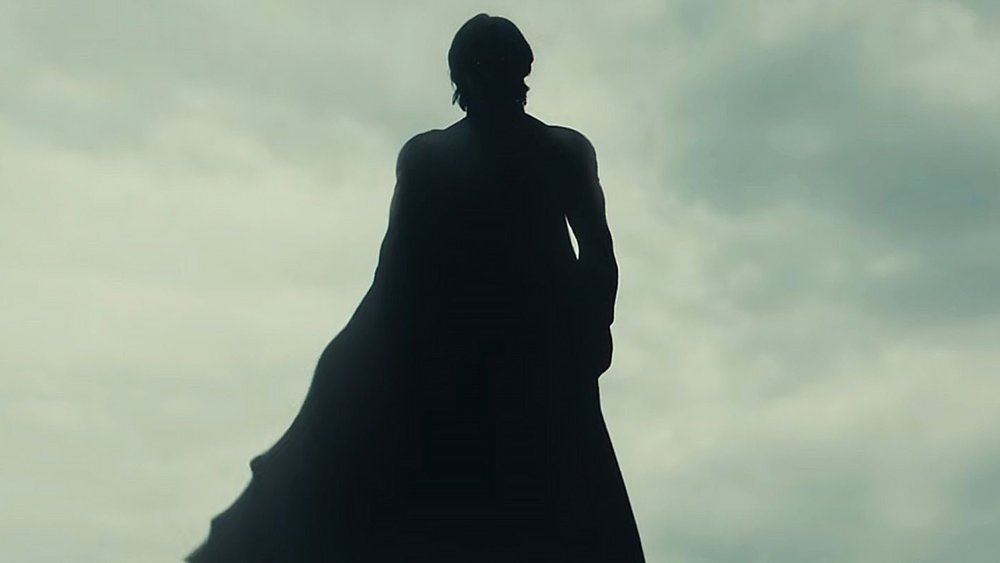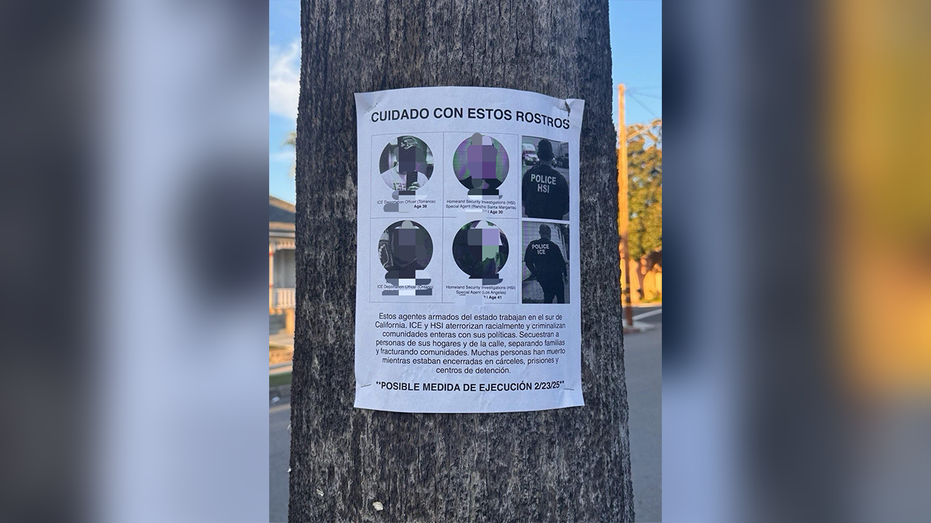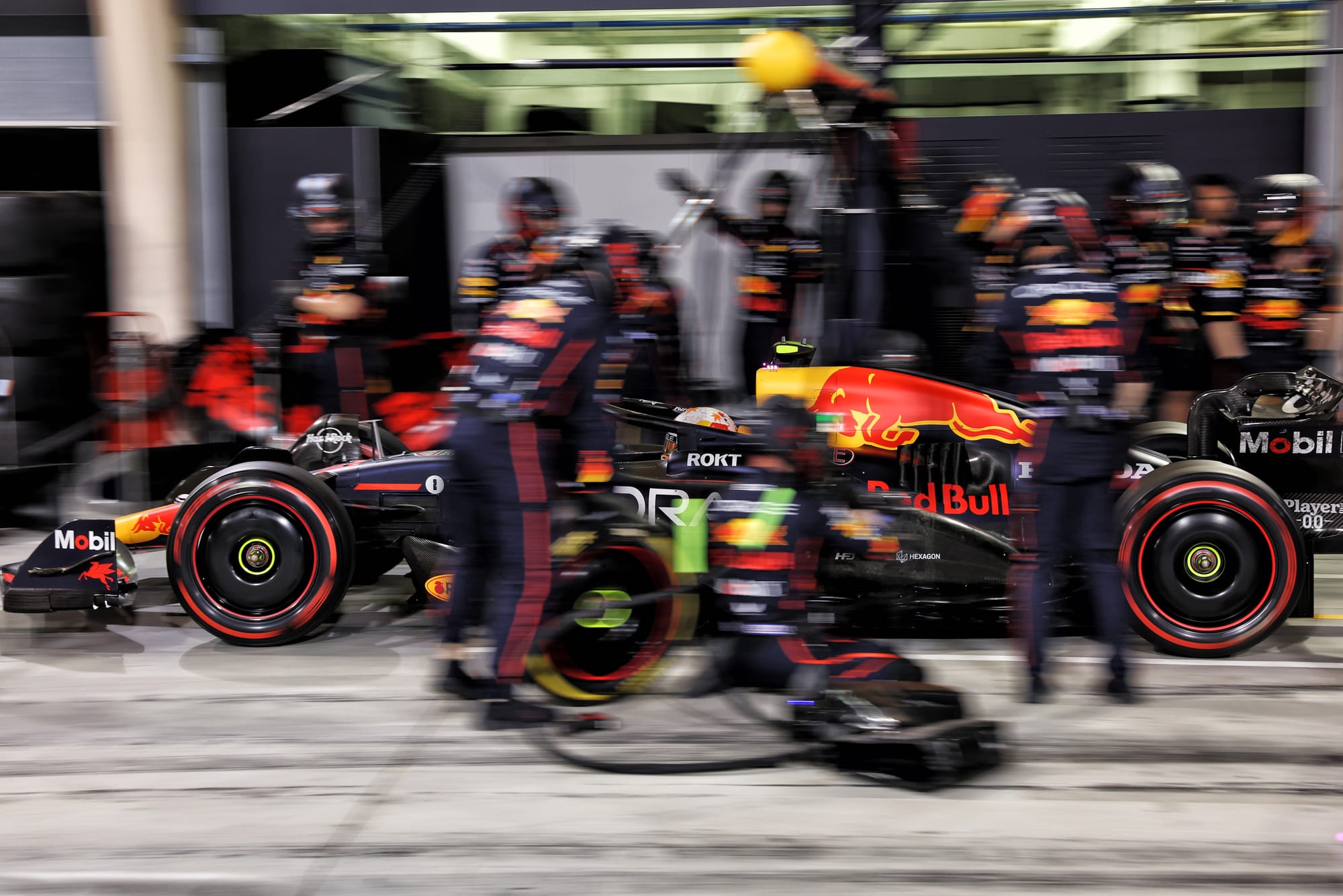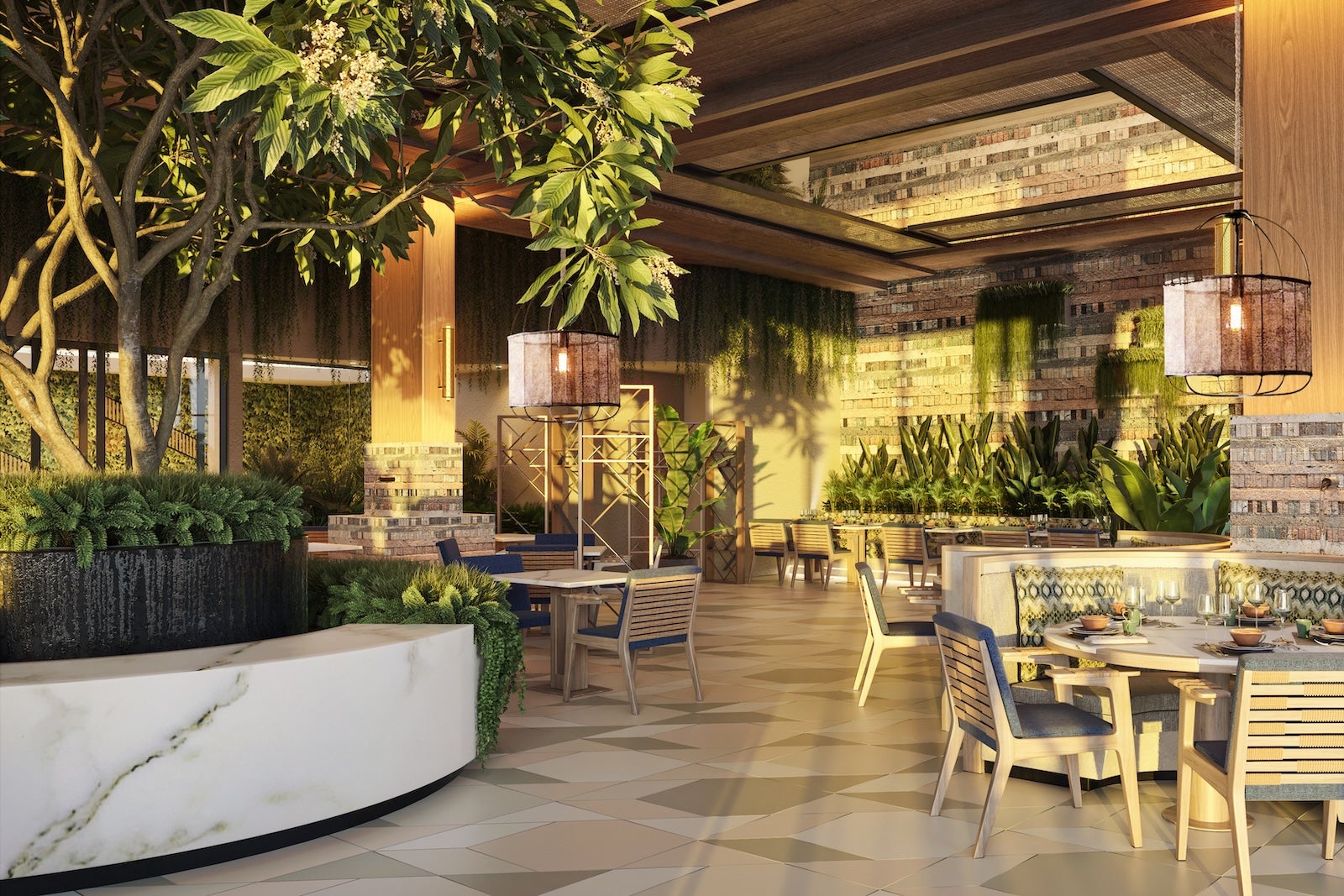Marvel’s THUNDERBOLTS* Director Says the Void Was Inspired by Hiroshima’s Nuclear Shadows
Jake Schreier reveals the haunting origin behind the film’s eerie villain effect.In Marvel’s Thunderbolts*, director Jake Schreier introduces fans to The Void, a terrifying force with a chilling visual twist. While comic book movies are no stranger to flashy VFX and apocalyptic destruction, Schreier took a more grounded and unsettling approach to one of the film’s most haunting effects. And it all traces back to one of the darkest moments in human history.In a recent interview with Collider, Schreier, who previously directed Paper Towns and Robot & Frank, opened up about the inspiration behind The Void’s shadowy attacks and how he and his team turned to the real world for something far more visceral. The director explained:“That was a long search. And it started with Grace's references. It definitely came from images from Hiroshima and those kinds of shadows. It was this feeling that we want everything in the film not to feel like it's CG, even if we have some of the best visual effects companies in the world doing a ton of work on this movie.”If you're unfamiliar, the “shadows” he refers to are the haunting remnants left behind by victims of the Hiroshima bombing in 1945, where intense heat and light essentially burned outlines of human figures onto buildings and stone. It’s a horrifying snapshot of what nuclear devastation looks like at an atomic level, and Schreier used that emotional gravity to inform how The Void interacts with his victims.But just because the inspiration was historical doesn’t mean it was easy to pull off. Schreier emphasized the tightrope walk of blending practical photography and visual effects while keeping the design grounded and impactful.“I don't want to give them short shrift. We did a lot. They did a lot. The way to make great effects is to marry those two things together. I think that with that effect, it's developed with ILM. If you spend any longer than a frame and a half of animation between when they disappear and when they become a shadow, anything longer than that starts to feel like you're getting into CG vapor territory. So, it has to be quick, but then you almost feel exposed because it seems so simple.”Timing wasn’t the only challenge. Even the camera work had to be meticulously designed to sell the effect.“Then there are other things about it,” Schreier continued, “where, because it doesn't happen so often in the movie, it really functions best, like, the camera needs to be more or less in line, almost like an eclipse, with where the voiding is happening and where the shadow goes, that if you look at it from a profile perspective, it doesn't really work because it's such a short effect and it's not moving towards you. “So, we really had to design all of the photography, which we could in limited fashion, to work with that and make that effect work because it is so simple.”Schreier is obviously genuinely in awe of the artistry and craft behind the scenes. In an era where VFX studios are often stretched to their limits, it’s refreshing to hear a director speak so thoughtfully about their work and contributions.I personally loved Thunderbolts*! I thought it was a great movie, one of the best of the year, and I thought they handled The Void perfectly in the story and it’s a haunting visual to see people turned into shadows.


Jake Schreier reveals the haunting origin behind the film’s eerie villain effect.
In Marvel’s Thunderbolts*, director Jake Schreier introduces fans to The Void, a terrifying force with a chilling visual twist. While comic book movies are no stranger to flashy VFX and apocalyptic destruction, Schreier took a more grounded and unsettling approach to one of the film’s most haunting effects. And it all traces back to one of the darkest moments in human history.
In a recent interview with Collider, Schreier, who previously directed Paper Towns and Robot & Frank, opened up about the inspiration behind The Void’s shadowy attacks and how he and his team turned to the real world for something far more visceral. The director explained:
“That was a long search. And it started with Grace's references. It definitely came from images from Hiroshima and those kinds of shadows. It was this feeling that we want everything in the film not to feel like it's CG, even if we have some of the best visual effects companies in the world doing a ton of work on this movie.”
If you're unfamiliar, the “shadows” he refers to are the haunting remnants left behind by victims of the Hiroshima bombing in 1945, where intense heat and light essentially burned outlines of human figures onto buildings and stone.
It’s a horrifying snapshot of what nuclear devastation looks like at an atomic level, and Schreier used that emotional gravity to inform how The Void interacts with his victims.
But just because the inspiration was historical doesn’t mean it was easy to pull off. Schreier emphasized the tightrope walk of blending practical photography and visual effects while keeping the design grounded and impactful.
“I don't want to give them short shrift. We did a lot. They did a lot. The way to make great effects is to marry those two things together. I think that with that effect, it's developed with ILM. If you spend any longer than a frame and a half of animation between when they disappear and when they become a shadow, anything longer than that starts to feel like you're getting into CG vapor territory. So, it has to be quick, but then you almost feel exposed because it seems so simple.”
Timing wasn’t the only challenge. Even the camera work had to be meticulously designed to sell the effect.
“Then there are other things about it,” Schreier continued, “where, because it doesn't happen so often in the movie, it really functions best, like, the camera needs to be more or less in line, almost like an eclipse, with where the voiding is happening and where the shadow goes, that if you look at it from a profile perspective, it doesn't really work because it's such a short effect and it's not moving towards you.
“So, we really had to design all of the photography, which we could in limited fashion, to work with that and make that effect work because it is so simple.”
Schreier is obviously genuinely in awe of the artistry and craft behind the scenes. In an era where VFX studios are often stretched to their limits, it’s refreshing to hear a director speak so thoughtfully about their work and contributions.
I personally loved Thunderbolts*! I thought it was a great movie, one of the best of the year, and I thought they handled The Void perfectly in the story and it’s a haunting visual to see people turned into shadows.





















































![‘Andor’ Star Varada Sethu on Cinta’s [SPOILER], Her Future With Vel and Killing Tay Kolma: ‘It’s Like Death When She Turns Up’](https://variety.com/wp-content/uploads/2025/05/cinta.jpg?#)


















